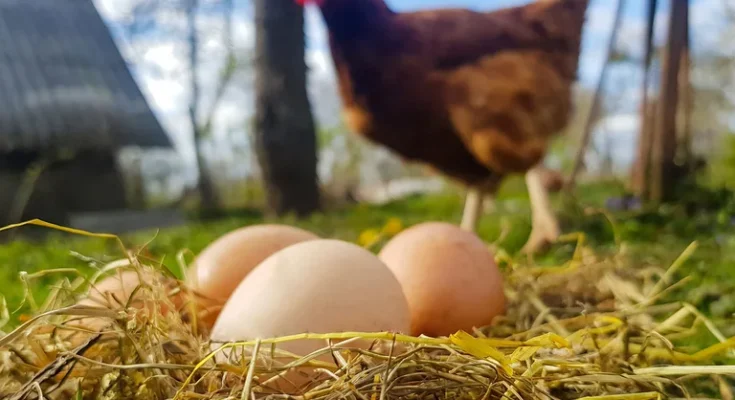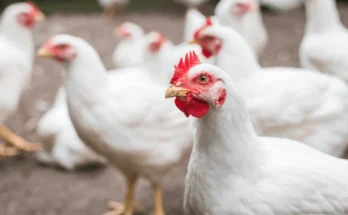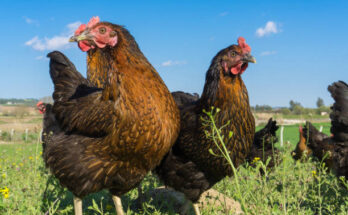The Process of How Chickens Produce Eggs
Have you asked yourself the question, how chickens make eggs? Understanding the process of egg production in chickens can be both fascinating and informative. In this blog post, we will delve into the intricate and natural process of how hens produce the eggs that we consume on a daily basis. From the formation of the egg inside the hen to the laying process, we will explore the various stages involved in this remarkable biological phenomenon. Join us as we uncover the secrets behind one of the most common yet remarkable occurrences in the animal kingdom. Here you can read about a chicken’s life span and their life stages
The Basic Anatomy of a Chicken
Understanding the anatomy of a chicken is essential to comprehend the process of egg formation. The reproductive system of a chicken plays a pivotal role in the creation of eggs. Let’s delve into the complexities of the reproductive system and the intricate process of egg formation.
The Reproductive System
The reproductive system of a chicken comprises various components such as the ovary, oviduct, and vent. The ovary is where the ova, or yolks, are formed. Once the yolk is released from the ovary, it travels through the oviduct, where the egg white and shell membranes are added. The fully formed egg then moves through the oviduct to the vent for laying. This process repeats and is facilitated by hormones and environmental factors, and is how chickens lay eggs over the course of their lifetime, not just once.
Egg Formation
Egg formation begins with the development of the ovum or yolk in the ovary. Once released, the yolk travels through the oviduct. As it moves through the different sections of the oviduct, the egg white, shell membranes, and ultimately the shell are added. The entire process from yolk formation to the laying of the egg takes approximately 25 hours. Factors such as nutrition, age, and health of the chicken influence egg production.
The intricacy of the reproductive system and the process of egg formation showcases the remarkable capabilities of a chicken’s anatomy, culminating in the creation of the eggs we consume.
The Egg-Laying Process
Hormonal Triggers
The process of egg-laying in chickens is orchestrated by a complex interplay of hormonal triggers. When a hen reaches sexual maturity, her pituitary gland releases hormones that stimulate the development of the ova, or yolks, in her ovaries. This triggers the release of a mature yolk from the ovary into the oviduct, where it begins its transformation into an egg. The hormone called prolactin is responsible for the brooding behavior, while estrogen and progesterone play a role in the formation and eventual laying of the egg.
Formation of the Eggshell
Once the yolk is released from the ovary, it moves into the oviduct where it undergoes the process of albumen deposition, membrane formation, and calcification – the vital stages of shell formation. The formation of the eggshell takes around 20 hours, during which the egg white, or albumen, and the shell membranes are added. The shell consists primarily of calcium carbonate, which is secreted by the shell gland and gives the egg its hard, protective covering. This is how chickens make eggs ready to be laid. Finally, the egg is laid, signalling the completion of the intricate process of egg formation in chickens.
Here you can find the best egg laying chicken breeds which EVERY poultry should know about.
Influencing Factors
Diet and Nutrition
A chicken’s diet plays a significant role in the quality and quantity of eggs they produce. A well-balanced diet rich in essential nutrients such as protein, calcium, and vitamin D is crucial for impacting the process of how chickens make eggs. Protein aids in the formation of egg whites and yolks, while calcium is necessary for the formation of the eggshell. Vitamin D helps in the absorption of calcium, contributing to strong eggshells. Additionally, adequate levels of fat in the diet ensure the development of the egg yolk.
Environmental Conditions
The environment in which chickens are raised also influences their egg-laying capabilities. Factors such as light, temperature, and nesting conditions are crucial. Adequate light exposure is crucial for maintaining the chicken’s egg-laying cycle. This can be achieved through natural light or artificial lighting in commercial settings. The temperature of the environment also plays a role, as extreme heat or cold can disrupt a hen’s egg-laying patterns. Furthermore, comfortable and safe nesting areas contribute to a hen’s sense of security, encouraging regular egg production.
Conclusion
Understanding the process of how chickens make eggs sheds light on the intricate biological mechanisms involved in egg production. From the development of the egg within the hen’s reproductive system to the formation of the eggshell, various physiological processes work in harmony to bring about this essential food source. By comprehending the natural process behind egg production, we gain a deeper appreciation for the nutritional value and significance of this everyday staple in our diets.



